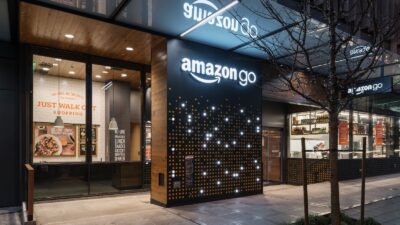M&S (LSE: MKS) (NASDAQOTH: MAKSY.US) is a company that, as a shareholder, I’m very impressed with.
That’s because the returns to shareholders, in the form of return on equity, remain high. For instance, in the most recent full-year results, M&S delivered return on equity of 18.4%. This is highly impressive relative to peers and shows that M&S is highly profitable and is delivering on its strategy.
In addition, return on equity has been very stable throughout the last five years. It has varied between 17.5% and 24% over the period, which is very encouraging given the highly challenging trading conditions that UK-focused retailers such as M&S have had to endure.
So, impressive returns to equityholders (like me) mean that I’m considering the addition of more M&S shares to my portfolio. However, this isn’t the only reason…
Indeed, under the stewardship of Marc Bolland, M&S has de-risked its balance sheet, in terms of reducing the amount of debt that forms part of its capital structure. Using the debt-to-equity ratio, financial gearing has fallen over the last five years from 145% to 91%.
This is an impressive trend, especially when the aforementioned tough trading conditions are taken into account. Furthermore, it shows that the company has not only reduced the amount of risk carried on its balance sheet but has also done extremely well to maintain return on equity in the high teens, since a higher level of financial gearing tends to make higher levels of returns to equityholders easier to achieve.
In addition, I’m thinking of adding to my position in M&S because of the considerable amount it is investing in its long-term future. Capital expenditure has increased from £327 million three years ago to £642 million last year, with the company investing heavily in the refurbishment of its UK estate. Such spending may reduce free cash flow in the short-run but should benefit shareholders in the long run in the form of higher sales and higher net asset value.
So, I’m impressed by the high returns provided to equityholders by M&S, as well as the de-risking of the balance sheet and the increased amount of money being invested in the business.







